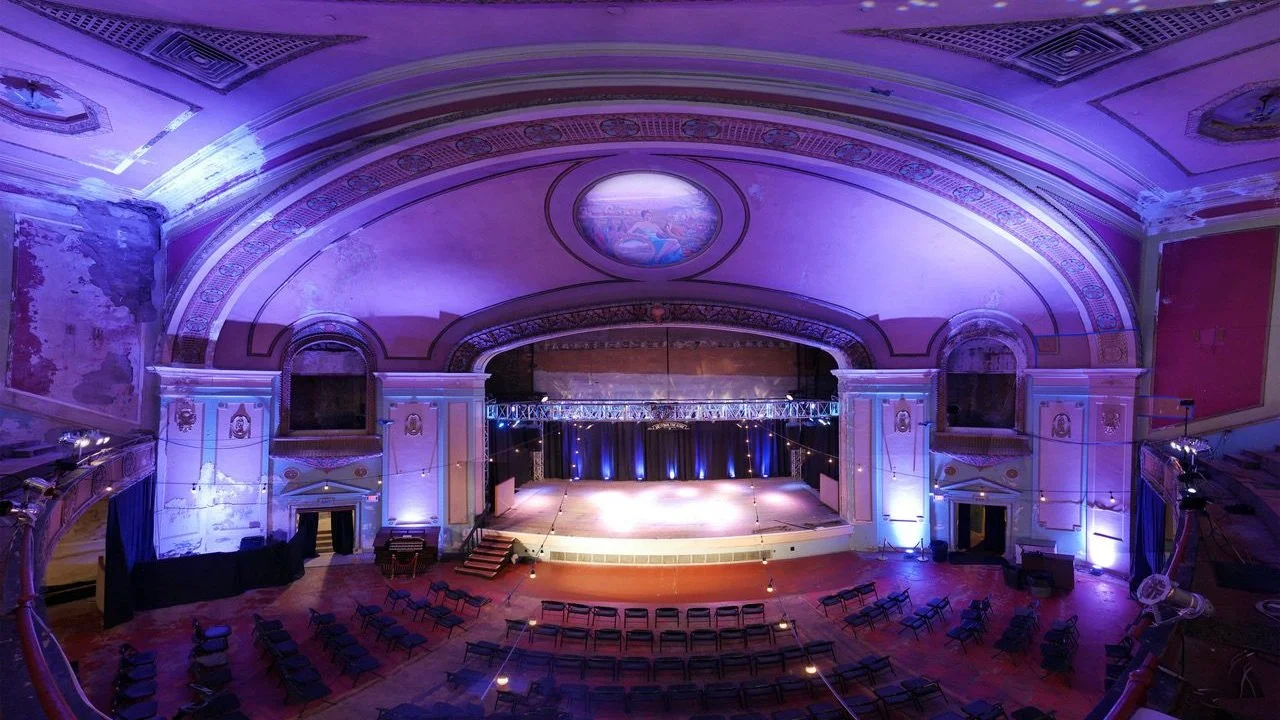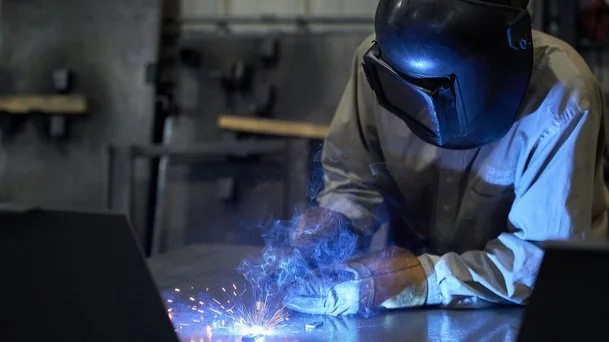Restoring A Historic Gem | Jayhawk Theatre
By SAMANTHA MARSHALL and LAUREN JURGENSEN | Photo by BRIAN PETERS
When the original Jayhawk Theatre, Hotel and Walk opened in 1926, it quickly became a cornerstone of Topeka’s cultural scene until its closure 50 years later in 1976.
Now, the historic Jayhawk Theatre is undergoing a remarkable revival in an effort to reclaim its place as one of the city’s premier arts and entertainment venues.
Efforts to “Save the Jayhawk” began in 1993 when Jim and Nancy Parrish donated the theater to the newly formed nonprofit organization. That same year, the Kansas Senate designated it the Official State Theatre of Kansas in recognition of its historical and cultural significance.
“For more than three decades, a small group of dedicated individuals kept this dream alive,” said Joanne Morrell, development director for the Jayhawk Theatre. “Reverend Richard Taylor knew that challenging projects worth doing take time and our story is not uncommon. Restoring a 100-year-old historic theater is no minor undertaking.”
HISTORY IN THE MAKING
Joanne said the restoration project will blend the old with the new.
“We’re preserving this historic, architectural gem while creating a first-class entertainment venue,” she said. “Modern-day sound, lighting and technology will provide an amazing live performance experience, with modern amenities and concessions in the original retail spaces that line the Jayhawk Walk.”
The Jayhawk Walk, a pathway connecting retail, lodging, hospitality and entertainment, was a defining feature that established it as one of the nation’s first indoor shopping malls. The thriving venue attracted world-class actors, musicians and performers from across the nation, Joanne said.
The theater’s storied past is one reason for the restoration efforts — historic entertainers like Bob Hope and Gypsy Rose Lee have graced its stage — but there are other, lesser-known reasons for the Jayhawk’s historical significance.
When the Jayhawk Theatre first opened in the 1920s, it developed a reputation for being at the forefront of entertainment technology.
It was among the first multi-story air-conditioned buildings in the country. It’s also considered one of the first fireproof theaters, featuring multiple exits and concrete-and-steel construction. For years, Broadwaytheaters looked to the Jayhawk’s sophisticated five-ton lightboard and unique curtain and rigging system as a model of innovative design.
That’s not to forget the Jayhawk’s ornate architecture, which includes an elegant lighted dome, decorative plaster medallions and the stunning “Goddess of Agriculture” mural painted by William Peaco.
Joanne said the restoration of the Jayhawk Theatre is an undertaking that honors Topeka’s entertainment history. It’s also an important step toward continued economic growth, revitalizing downtown Topeka and further enhancing the capital city’s quality of life, “especially for our young professionals who seek out and expect a vibrant nightlife,” Joanne said.
“After extensive research and comparisons with similarly sized communities, we see the need for a mid-sized, flexible venue that can regularly bring in live concerts, comedy shows and other smaller-scale live entertainment acts,” Joanne said.
The economic potential is significant. After restoring the similar Gillioz Theatre in Springfield, Missouri, it reported $3.6 million in annual ticket sales and $43 million in economic impact for downtown Springfield.
Joanne said even if the revitalized Jayhawk achieves half the success of the Gillioz, it still benefits Topeka. “Annual ticket sales of $1.5 million are highly achievable,” she said. “By applying a modest $6 economic multiplier, the impact would be a conservative $9 million annually for local restaurants, hotels, bars and retail.”
NEW BEGINNINGS
Thanks to a generous commitment from the Kansas Department of Commerce, the first phase of construction, which includes critical infrastructure improvements, is underway. Additional support from the City of Topeka, Shawnee County and the State of Kansas’ Heritage Trust Fund has helped them meet milestones and save on construction costs.
“The work being completed now will ensure that Topeka’s last remaining historic theater, and the Official State Theatre of Kansas, stands strong for another 100 years,” Joanne said. “Interior demolition and restoration preparation is also underway and will be completed as more funding is secured.”
The team behind the restoration is looking forward to the Jayhawk’s centennial celebration in 2026.
“The goal is to build an amazing entertainment venue that creates new, memorable experiences, honors the past and serves the community,” Joanne said. “We’ve received extensive community input and I am blown away by the creative ingenuity and insight from our community’s leaders, investors and donors.”
Once operational, the theater will have a capacity of 1,200, four times its previous seat limit. More seating helps the theater attract larger acts and generate more revenue.
The Jayhawk may be courting national entertainment acts, but it’s committed to keeping entertainment dollars local.
“We’re eager to attract national artists on their route from Denver, Omaha, Tulsa and Springfield,” Joanne said, noting the theater’s convenient location off I-70.
The restoration aims to answer Topekans’ pleas for more local entertainment options.
“Everyone wants us to re-open,” Joanne said. “While it’s nice to be missed, it’s hard being closed, especially for our downtown businesses. We’re grateful for the continued support and look forward to opening the doors to the next 100 years.”








